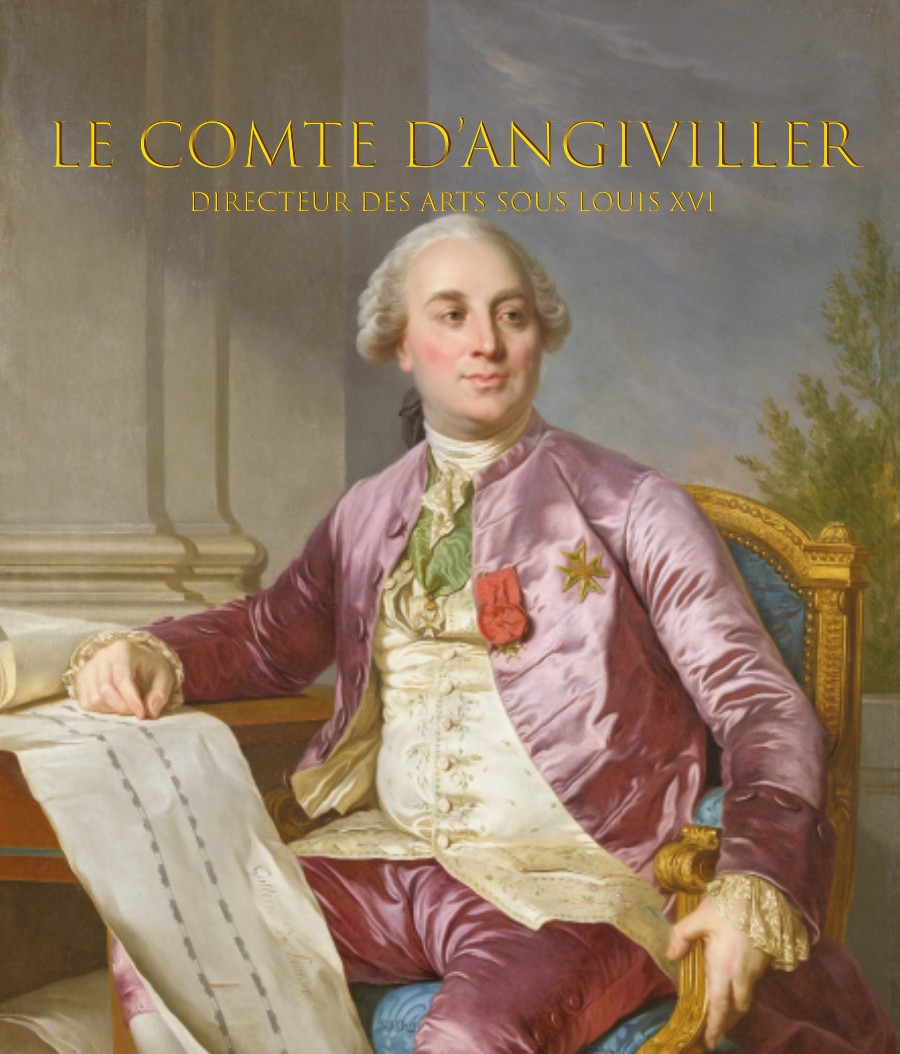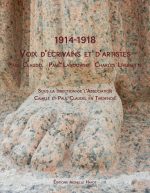Le comte d’Angiviller
Directeur des Arts sous Louis XVI
40€: price for advance order before April 15
Authors
Angiviller took part in the education of the future Louis XVI and his brothers. The King is fond of him and in full confidence shares with him a privacy which allows truthful advices. At his accession on the throne, in 1774, he appoints Angiviller Directeur des Bâtiments du Roi, a minister of arts and architecture with extended powers. He will remain in charge until the Revolution. His role is major. He is responsible for all the royal and state residences (Palais du Louvre, Tuileries, Versailles, Fontainebleau, Saint-Cloud…). He buys the hunting domain of Rambouillet on behalf of the king and develops there the Etruscan style, in fashion since the discovery of Herculanum. Thanks to the king of Spain, he develops there the breeding of Merino sheep in a model farm, which still exists nowadays. He reorganizes the manufactures of Sèvres and of the Gobelins, presides over the Académie de peinture et de sculpture, the Académie de France in Rome with the Premier Peintre Pierre’s assistance. He is the founder of the Museum, today Musée du Louvre, which because of the Revolution will only open under Napoleon. He orders its construction within the Louvre palace, following Hubert Robert’s ideas, constitutes its collections, by major acquisitions in sales or private collections. He is acquainted with all the philosophers, writers of his time (Rousseau, Voltaire, Marmontel…). Himself a philosopher and director of the king’s botanical garden, he is also acquainted with Benjamin Franklin. He is in charge of showing around the manufactures and give royal presents to each foreign sovereign invited to the Court (Paul Ier under the alleged name of Comte du Nord, Prince Henri of Prussia, ambassadors of Sultan Tipû Sâhib, Emperor Joseph II, etc.).
Louis XVI’s reign ends in terror. Angiviller, exiled in Spain, comes back to assist Louis XVI in danger of death, but on the list of the aristocrats condemned to be beheaded, he is compelled to leave at once. He goes to Altona in Germany from where he will never return.
Angiviller had a secretary, named Narcisse. His duty was to copy the daily letters he currently wrote to the king. Partaking the Directeur des Bâtiments’s work, he also was by his side in his private life and accompanied him in emigration. In his old days, Narcisse wrote his memoirs and sent the manuscript to the Marquise de Capellis, member of Angiviller’s family who was living in his birthplace, the Château de Saint-Rémy-en-l’Eau. The retranscription of this manuscript is entirely published, for the first time, at the end of this book.
- Format:
384 pages
Approximately 300 illustrations- Binding:
- Hardbound




